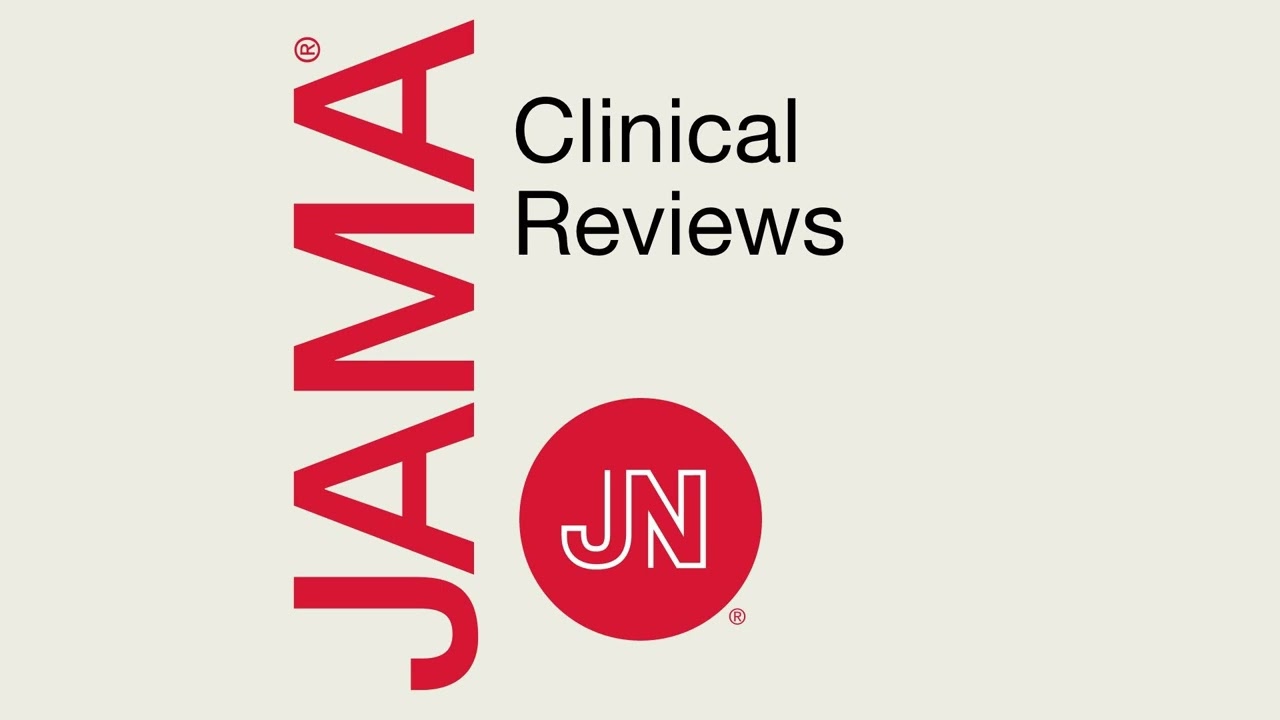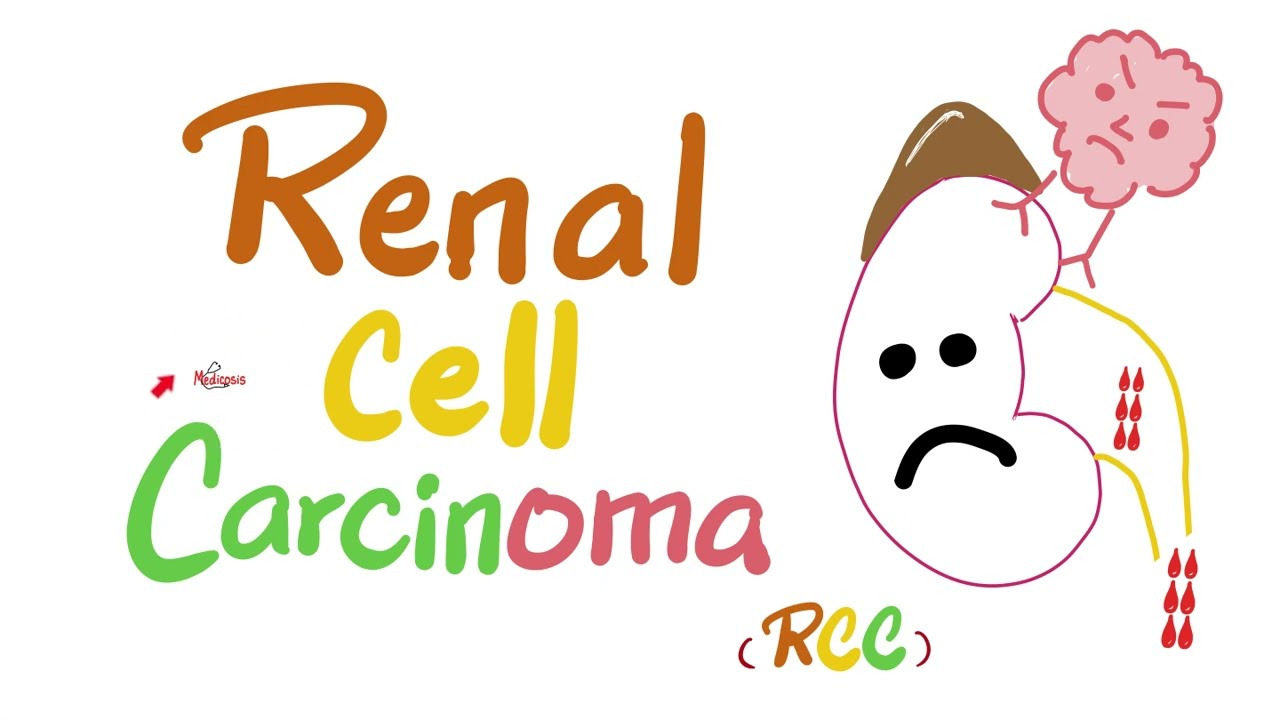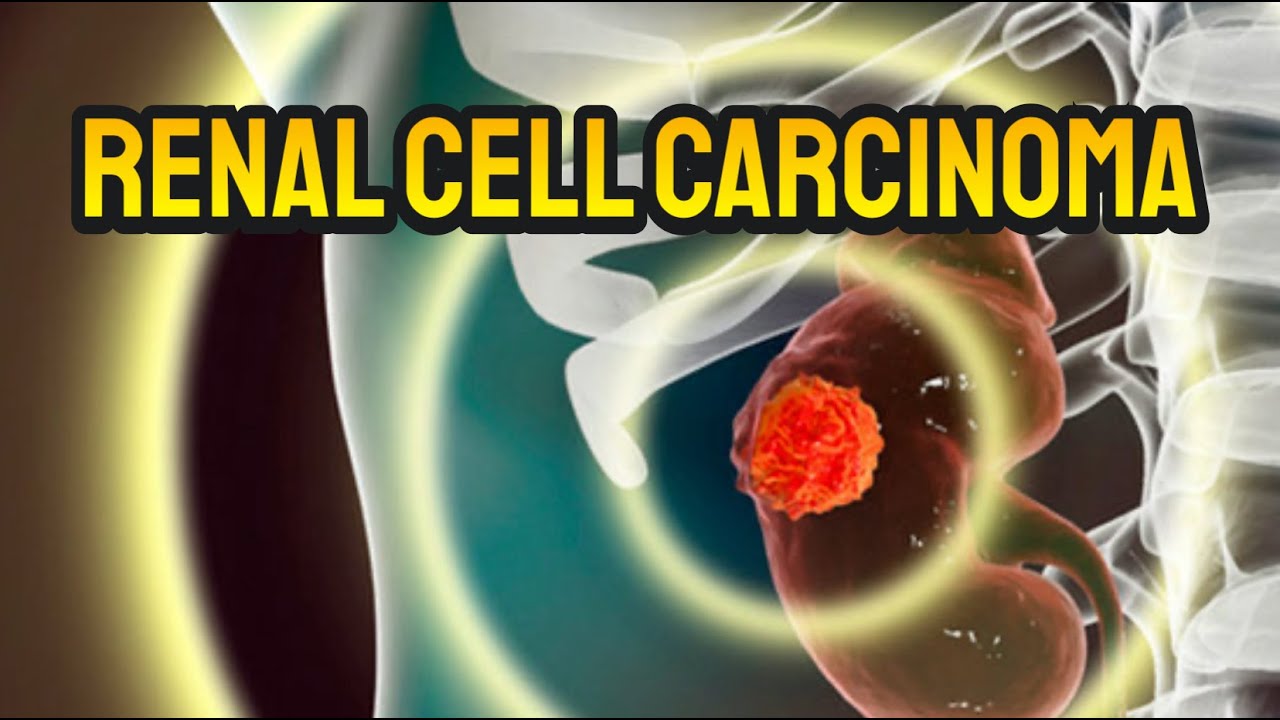The Oncology Channel
NEW YORK (Reuters Health) – Using a hybrid of single-photon emission computed tomography (SPECT) and computed tomography (CT) to look for positive lymph nodes in melanoma patients helps improve their disease-free survival, a German team says
“We could not detect a significant difference in overall survival,” the investigators report, which they say is probably because the median follow-up of about 29 months was relatively short.
Dr. Joachim Klode and colleagues at the University School of Medicine Essen-Duisburg maintain in the September 12 issue of the Journal of the American Medical Association that sentinel lymph node (SLN) excision “is probably the most important diagnostic and potentially therapeutic procedure for patients with melanoma.”
They say that compared to standard planar lymphoscintigraphy imaging, SPECT/CT should improve the identification and extirpation of targeted SLNs by providing additional three-dimensional anatomical information.
To quantify this advantage, the researchers studied nearly 400 patients with melanoma and clinically negative lymph nodes treated at their institution.
Up to October 2008, 254 patients underwent standard SLN excision. Another 140 underwent SPECT/CT-aided SLN excision when it became available in November 2008.
Significantly more SLNs per patients were detected in the SPECT/CT group than in the standard cohort (2.40 vs 1.87; p
The SPECT/CT technique was particularly helpful for melanomas in the high-risk head and neck region. Here, the SLN excision rate was 23.5% with SPECT/CT compared to just 2.0% (p
The team also looked at the benefit in overweight patients specifically, as obesity is a reported cause of nonvisualization of SLNs on planar lymphoscintigraphy. They detected five positive SLNs out of 20 (25%) in seven obese patients in the SPECT/CT cohort, compared to four positive SLNs out of 44 (9.1%) in 24 obese patients (p
For the study population as a whole, estimated four-year disease-free survival rates were 93.9% in the SPECT/CT group and 79.2% in the standard group (p=0.02). However, as mentioned, overall survival rates were not significantly different — at 95.9% vs 92.1% (p=0.80), respectively.
Summing up, Dr. Klode and colleagues conclude, “In patients with cutaneous melanoma, the use of SPECT/CT-aided SLNE compared with SLNE alone was associated with higher detection of metastatic involvement and a higher rate of disease-free survival.”
SOURCE:
Association Between Sentinel Lymph Node Excision With or Without Preoperative SPECT/CT and Metastatic Node Detection and Disease-Free Survival in Melanoma
JAMA 2012;308:1007-1014.








